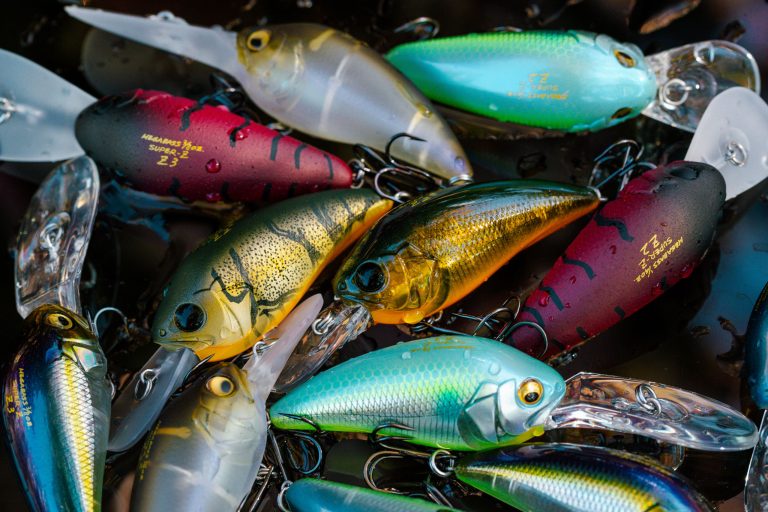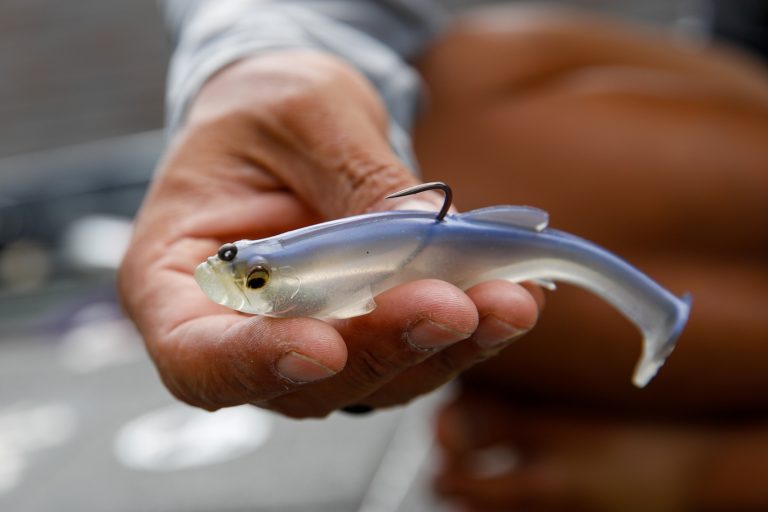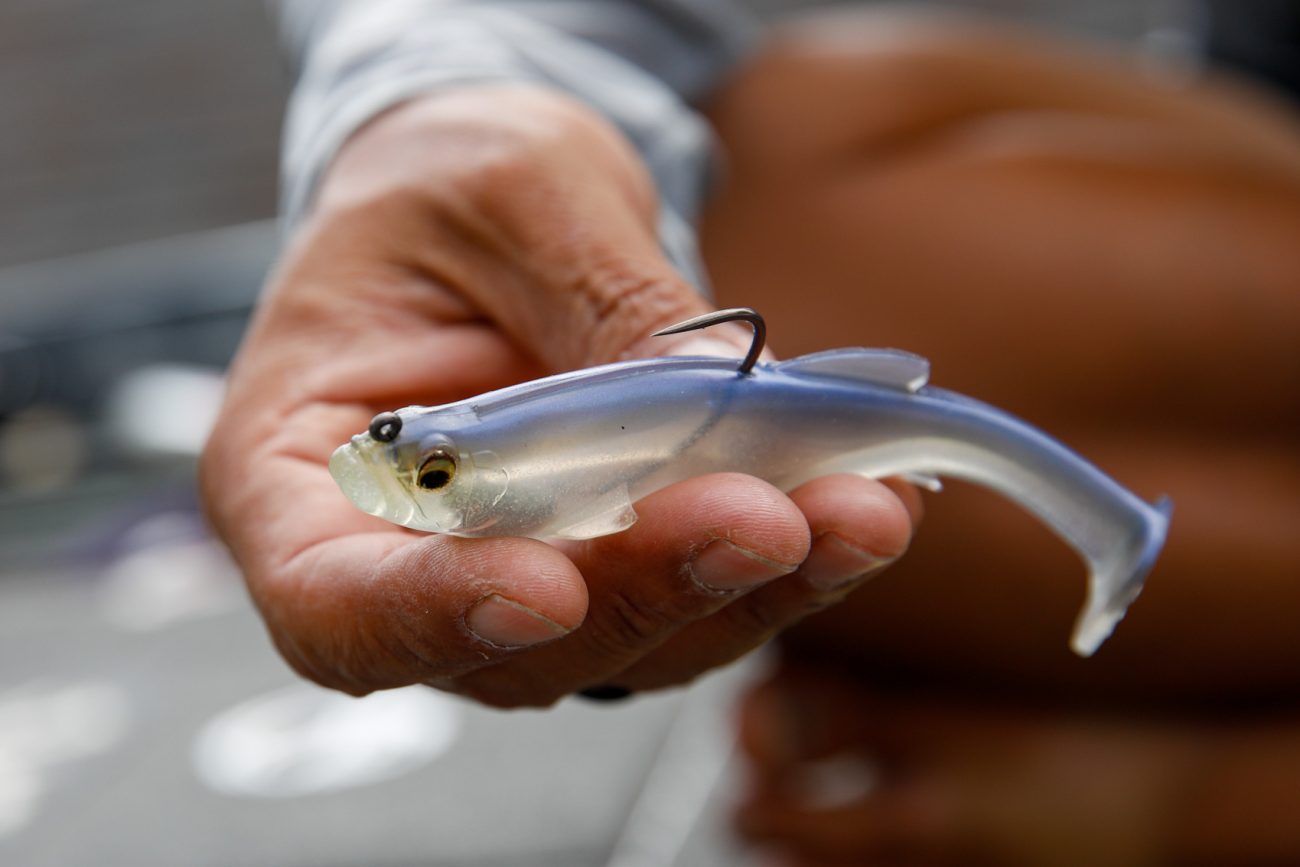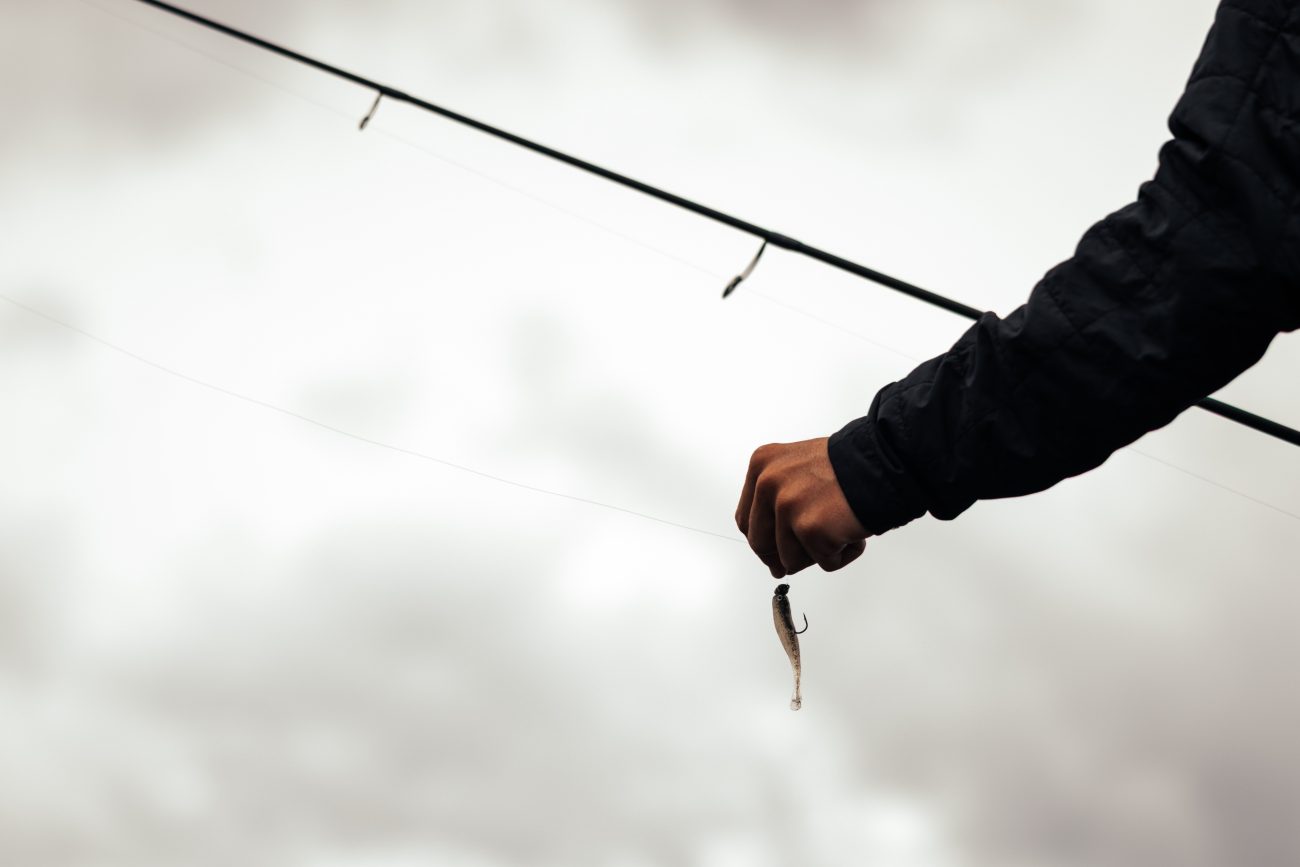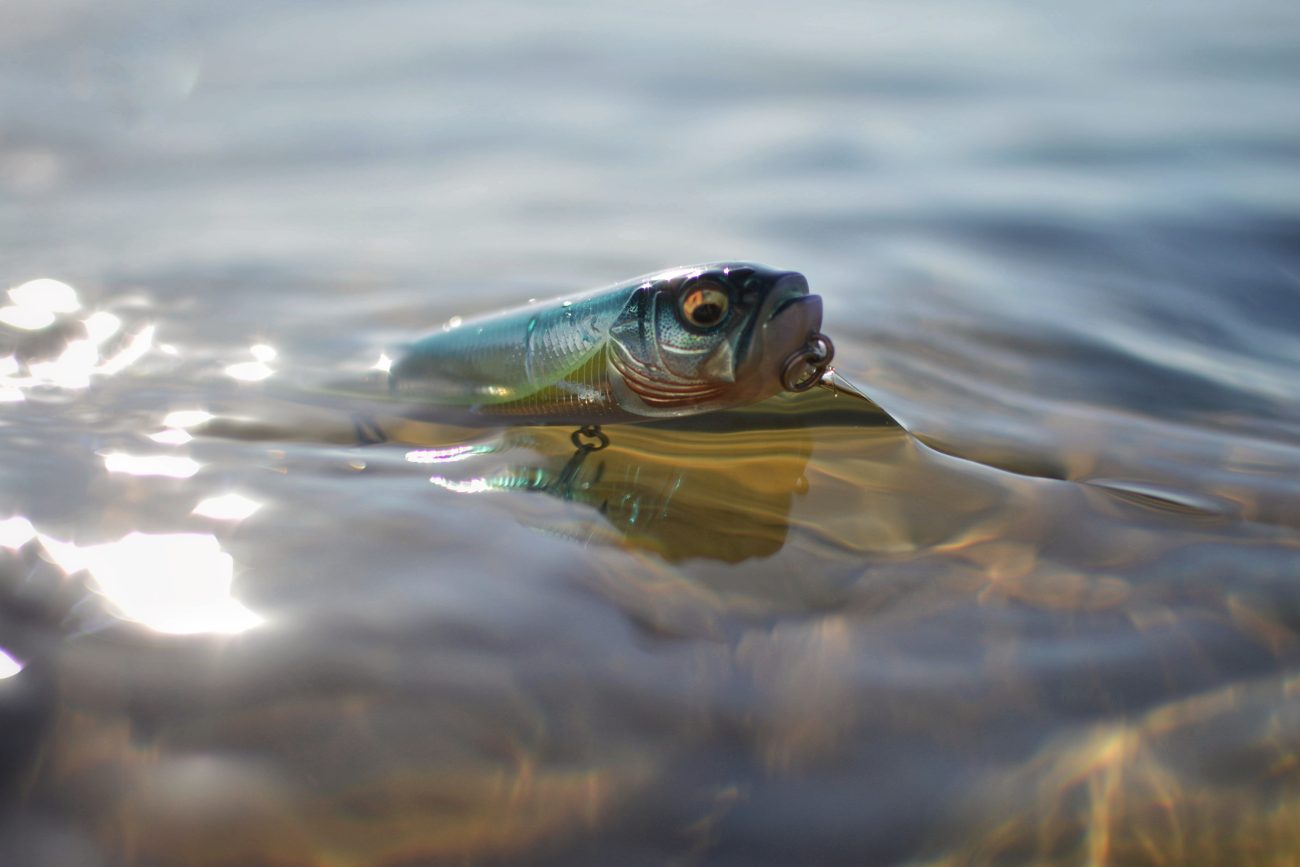Deep diving crankbaits are an essential tool for targeting offshore bass, especially during the post-spawn, summer, and early fall periods. These baits allow anglers to reach depths of 15-25 feet, where bass often hold on structure like ledges, rock piles, and underwater points. The Megabass Deep-Six stands out as a premier deep-diving crankbait, offering precision, unique action, and superior casting distance. In this article, we’ll explore the intricacies of deep cranking and how to maximize success with the Megabass Deep-Six.
Understanding Deep Diving Crankbaits
What is a Deep Diving Crankbait?
Deep diving crankbaits are designed with elongated lips that help them reach significant depths, often between 15-25 feet, depending on line size and retrieval speed. Unlike shallow or medium divers, these baits are built for offshore fishing, where bass relate to deep structure.
Why Use Deep Diving Crankbaits?
Bass, particularly largemouth and smallmouth, move offshore during the warmer months, seeking structure where baitfish congregate. Deep diving crankbaits effectively:
- Cover vast amounts of deep water efficiently
- Trigger reaction strikes by deflecting off structure
- Mimic baitfish species like shad and bluegill
- Keep fish engaged with their wobbling and knocking action
Choosing the Best Deep Diving Crankbait: The Megabass Deep-Six
What Makes the Deep-Six Stand Out?
The Megabass Deep-Six is engineered for precision deep-water cranking. Its key features include:
Depth Capability
For Zaldain, he can get the Deep-Six to dive between 16-20 feet on 12lb fluorocarbon, reaching prime bass-holding depths.
Weight Transfer System
Megabass pioneered the weight transfer system, allowing a heavy internal weight to shift into the bait’s tail during casting. This ensures long, stable casts, even into the wind, making it a superior choice for covering offshore structure.
Unique Bill Design
Unlike traditional deep cranks, the Deep-Six features a thin, hydrodynamic bill that allows for enhanced lateral movement. Instead of simply plowing forward, this bait moves with a responsive, erratic side-to-side action.
Sound & Color
The Deep-Six produces a solid knocking sound, making it particularly effective in clear water conditions with 4+ feet of visibility. It is available in a range of natural forage-matching colors, such as bluegill and shad patterns, making it deadly for pressured fish.
Fishing the Megabass Deep-Six: Techniques & Strategies
Locating Deep-water Bass
To maximize the effectiveness of the Deep-Six, use electronics to locate structure where bass congregate. Prime locations include:
- Rock Piles & Ledges – Bass use these for ambush points
- Underwater Points – Transition areas where baitfish roam
- Grass-to-Rock Transitions – A key feeding zone for summer bass
Positioning is crucial—fishing directly upwind or downwind can help maintain precise casting angles.
Retrieval Techniques for Maximum Success
The Deep-Six performs best with varied retrieves to trigger aggressive bites:
- Fast Retrieve: Burn the bait initially to pick off the most aggressive fish in a school.
- Grinding & Deflection: Keep contact with rock or hard bottom to create erratic deflections.
- Suspended Bass Approach: For smallmouth, a steady retrieve through the 17-20 foot range often triggers bites from fish that aren’t holding tight to structure.
Best Rod, Reel, and Line Setup for Deep Cranking
- Rod: A 7’4” to 7’6” medium-heavy cranking rod (e.g., Megabass Destroyer) provides the ideal balance of power and sensitivity.
- Reel: A 5.1:1 to 6.3:1 gear ratio ensures the bait maintains optimal action without excessive resistance.
- Line: 10-14 lb fluorocarbon allows for maximum diving depth while maintaining abrasion resistance around structure.
Advanced Tips & Tricks for Deep Cranking Success
Adjust Retrieve Speed Based on Water Temperature
- In warmer water (70°F+), a faster retrieve can trigger aggressive reaction strikes. Bass metabolism increases in warm temperatures, making them more likely to chase down a fast-moving crankbait. This is especially effective when targeting schools of actively feeding fish on deep ledges and points.
- In cooler conditions, slow down and use a stop-and-go retrieve to entice lethargic fish. Bass become less aggressive in cold water and are more likely to strike a bait that appears to be an easy meal. Try incorporating longer pauses and subtle twitches to keep the bait in the strike zone longer.
- Water clarity also plays a role in retrieval speed. In clear water, bass rely more on sight, so a consistent, natural retrieve is key. In murkier water, a more erratic retrieve with occasional rod twitches can help bass locate the bait using their lateral line.
- Adjust based on fish behavior: If bass are following but not committing, experiment with slight speed changes mid-retrieve. Often, a sudden burst or a slight hesitation can trigger a reaction strike.
Change Angles to Trigger More Strikes
If fish aren’t committing, adjust your casting angle slightly to change how the bait deflects off structure. Even minor changes in approach can make a significant difference. Try casting from multiple directions to see how bass react to different presentations. In many cases, hitting a rock or ledge at a different angle can create a more erratic deflection, triggering a reaction bite from otherwise hesitant fish. Experiment with both parallel and perpendicular casts to structure until you find the optimal path that provokes the most strikes.
Know When to Use a Silent vs. Rattling Crankbait
Choosing between a silent or rattling deep-diving crankbait can make a significant difference in your success, depending on the fishing conditions and bass behavior.
- Clear Water & Pressured Fish: The Deep-Six’s solid knock (from the weight transfer system) is ideal when fishing in high-visibility conditions where bass rely heavily on sight. In these situations, subtle sound cues are less intrusive and more likely to entice cautious fish that have seen multiple lures pass by.
- Stained or Murky Water: In low-visibility conditions, bass depend more on their lateral line to detect prey. A crankbait with a louder rattle or more pronounced vibration can help fish locate the bait more easily. While the Deep-Six is designed with a single knocking sound, switching to a bait with multiple rattles or more aggressive vibrations may be advantageous in muddy water.
- Time of Year & Fishing Pressure: During the pre-spawn and post-spawn periods, bass tend to be more aggressive, and a rattling crankbait can trigger reaction strikes. Conversely, in late summer and early fall when bass become more lethargic, a silent or single-knock bait can be more effective, appearing less threatening to neutral fish.
To determine the best option, experiment with both styles throughout the day and pay attention to how bass react. If they follow but don’t commit, consider switching to a silent presentation or adjusting the retrieve speed to match their behavior.
Dealing with Grass & Structure Hang-ups
Fishing deep-diving crankbaits around submerged grass beds, rock piles, and other structure inevitably leads to occasional hang-ups. However, skilled anglers can use these moments to their advantage by triggering reaction strikes and avoiding lost lures.
- Handling Grass Hang-ups: When your bait snags in grass, resist the urge to yank it free immediately. Instead, try a sharp snap of the rod tip to break it loose while maintaining control. This sudden movement often mimics a panicked baitfish and can entice an aggressive strike from nearby bass.
- Fishing Through Heavy Vegetation: If you’re consistently running into grass, consider modifying your retrieve speed and rod angle. A higher rod tip can keep the bait from diving too aggressively into dense vegetation, while a slower retrieve allows it to weave through softer grass beds.
- Rock & Hard Structure Hang-ups: If your crankbait gets wedged in rocks or submerged timber, avoid pulling directly against it. Instead, use a slow pull-and-pause method to let the bait float free naturally. Many times, bass will strike the bait as it suddenly dislodges and moves erratically.
- Using the Right Line & Hooks: Lighter fluorocarbon lines (10-12 lb) allow for deeper diving but can be prone to break-offs in heavy cover. Consider stepping up to a 14 lb fluorocarbon in areas with abrasive structure. Additionally, switching to round-bend treble hooks can reduce snags while improving hook-up ratios.
Mastering how to work through structure without constantly getting snagged can significantly improve your efficiency and increase strike opportunities, making your deep-cranking sessions more productive.
A Staple in Deep Diving Crankbaits
Deep diving crankbaits are an indispensable tool for offshore bass fishing, and the Megabass Deep-Six stands out as a top performer. Whether grinding it into deep rock for largemouth or slow-rolling it over suspended smallmouth, this bait excels in clear water applications. By mastering retrieval techniques, positioning, and tackle selection, expert anglers can fully leverage the Deep-Six’s potential to consistently catch big fish.
If you’re serious about deep cranking, the Megabass Deep-Six deserves a permanent spot in your tackle box. Experiment with different retrieves, adjust based on conditions and unlock the full power of this exceptional deep-diving crankbait.


